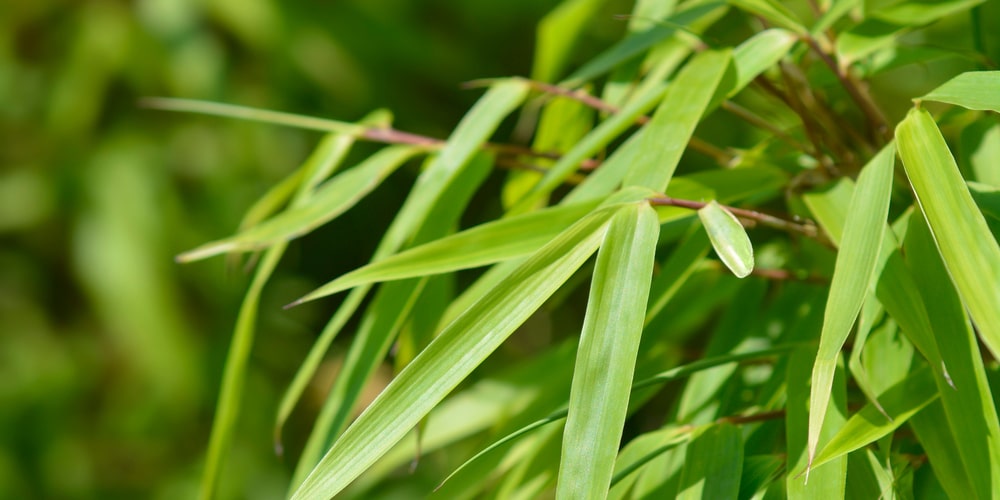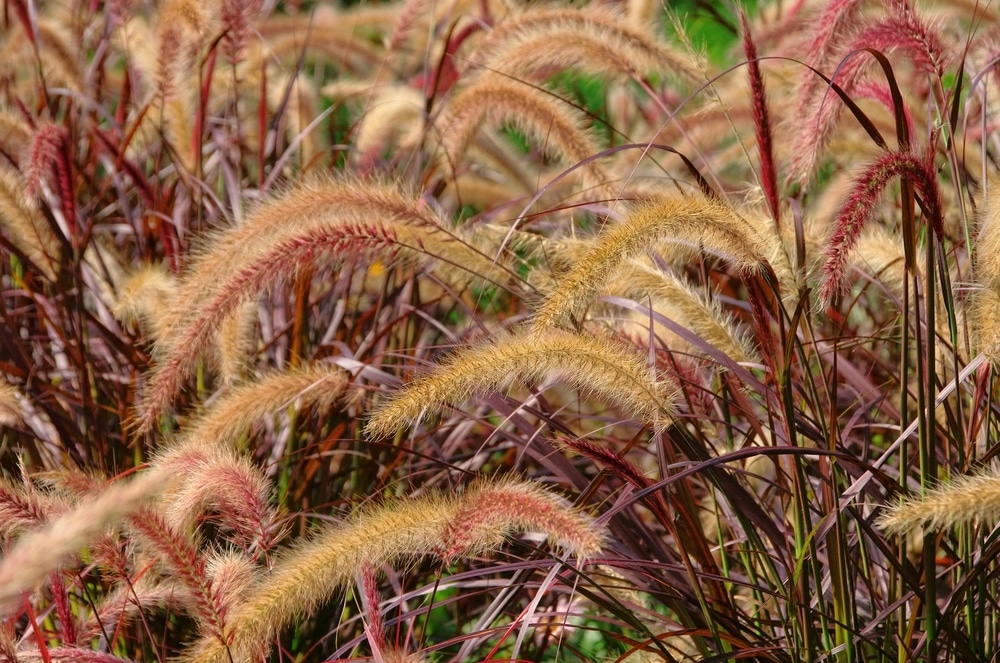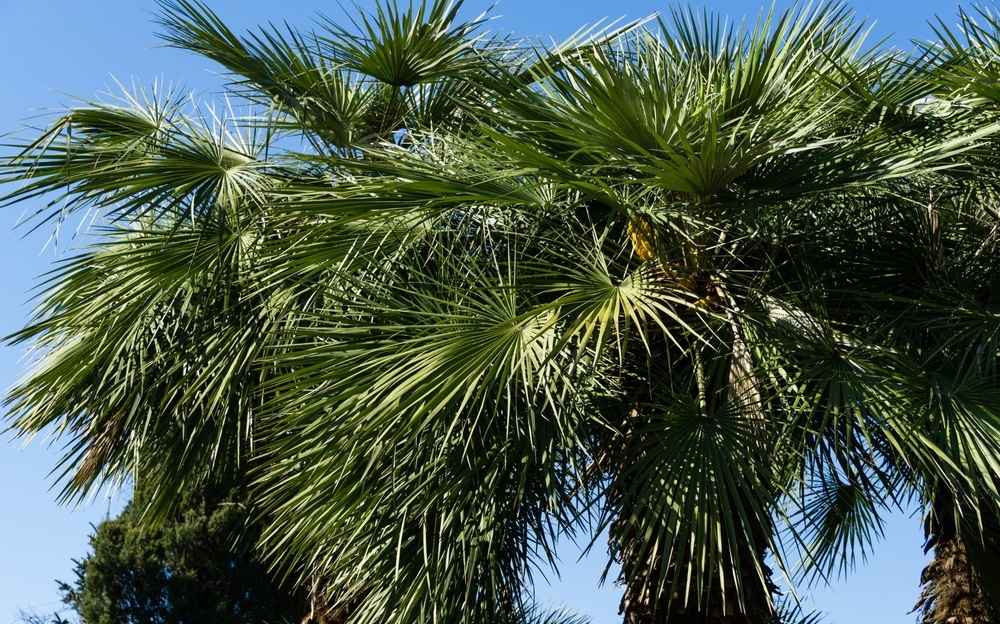You will not find the tall grass on your everyday suburban lawn. Instead, the tallest grass is wild and often found in the jungle.
What Is the Tallest Grass in the World?
In the wild, grasses can reach unimaginable heights. And the tallest grasses in the world are awarded to the dragon bamboo. Despite bamboo’s false reputation as a tree, bamboo is grass growing over two feet a day and reaching heights of one hundred feet tall.
In addition, dragon bamboo classifies as a grass species because it does not have bark like a typical tree. Instead, they have hollow tree-like stems, also known as culms, that branch into clusters to form underground stems.
Bamboo uses the energy from the sun and earth to grow its roots and shoots in spring for over sixty days. It’s seed can be eaten as grains, shoots cooked and consumed as a vegetable, and the leaves can serve as nutrient fodder for livestock food.
Bamboo is most known for its ability to produce:
- High-quality paper
- Scaffolding and flooring on buildings
- Furniture and utensils
- Fine-grain silica for medicinal use
What Qualifies as Grass?
True grasses are widespread green flowering plants that provide nutritious grains for grazing wildlife, shelter, furniture utensils, and a food source for humanity. The anatomy of grasses has hollow circular stems that sit in the center of sharp leaves with intricate root systems.
Another critical difference between grass and tree is how they store energy. Trees store carbon dioxide from the atmosphere in their leaves, and grasses store carbon underground, keeping it inside the roots and under the soil.
Tallest Grasses That Appear as trees
Many well-known tall types of grass appear as trees. They are grasses that look very similar to trees but do not have the characteristics of trees, such as bark and a tree trunk. Additionally, their genetics and the growing cycles they undergo do not match those of trees.
Palm Trees
Although a tree is in its name, palm trees have a genetic code closely related to the grass on your front lawn since they don’t have a trunk or bark. Instead, the hollow stems are empty with calipers, and fibrous plant tissues, instead of cambium wood rings.
In addition, palm trees have similar root systems to other grass species. A palm tree’s root system is fibrous and shallow, spreading vast and wild underground. On the contrary, trees grow deep into the ground until they access water and nutrients.
Banana Trees
The banana tree is a herbaceous plant that grows a succulent stalk that develops from a small underground shoot named corm, making it closely related to a herb like ginger rather than a tree.
Banana trees do not contain a wood stem or trunk like the typical tree, giving them characteristics similar to other tree-like grass species like bamboo and palm trees.
However, the banana tree has a flowering that produces long indigo-colored buds at the end of the plant stems. And when the buds slowly bloom, they grow into tiers or hands of bananas.


